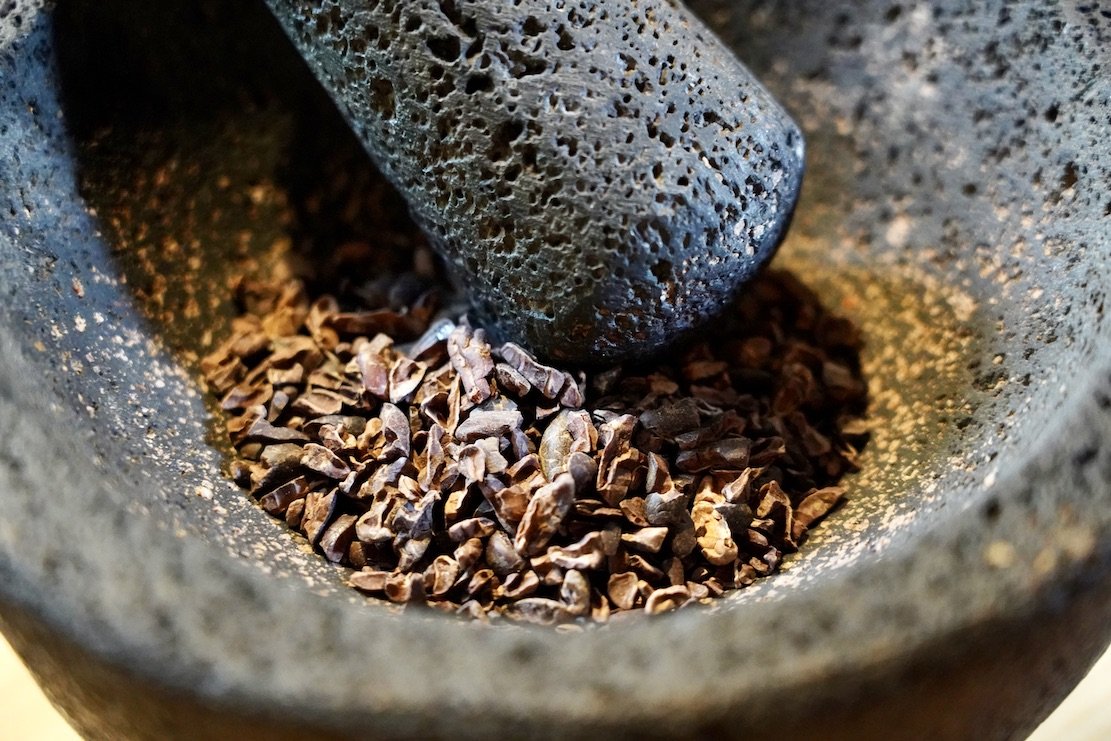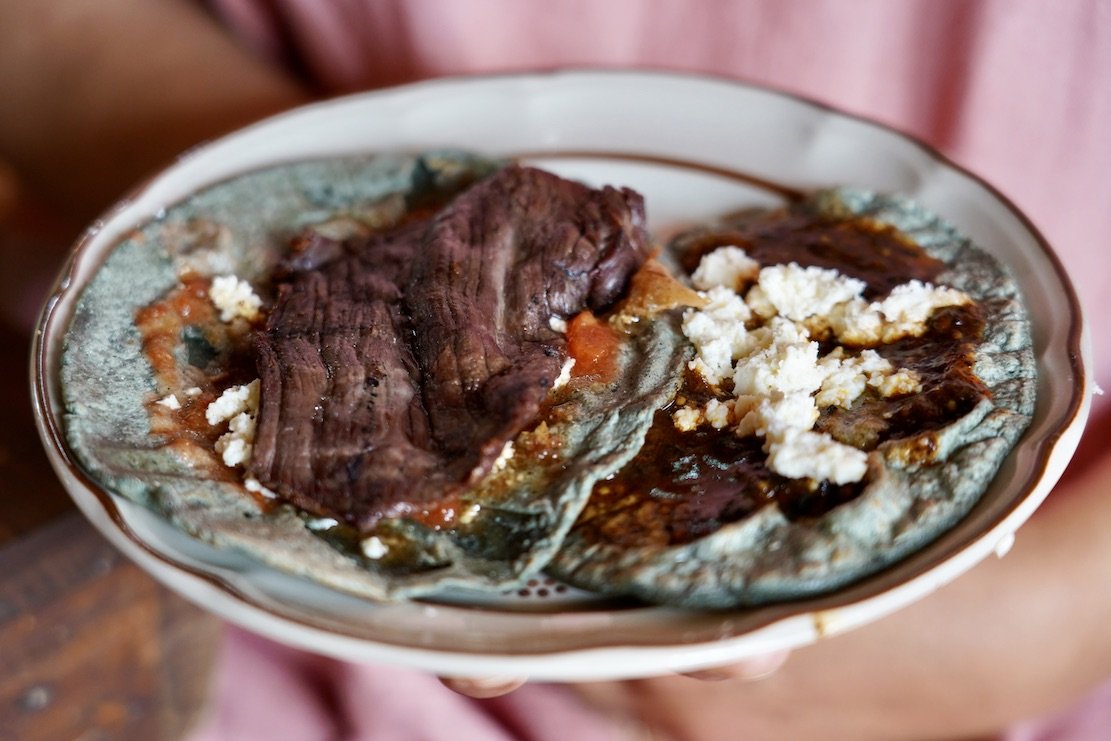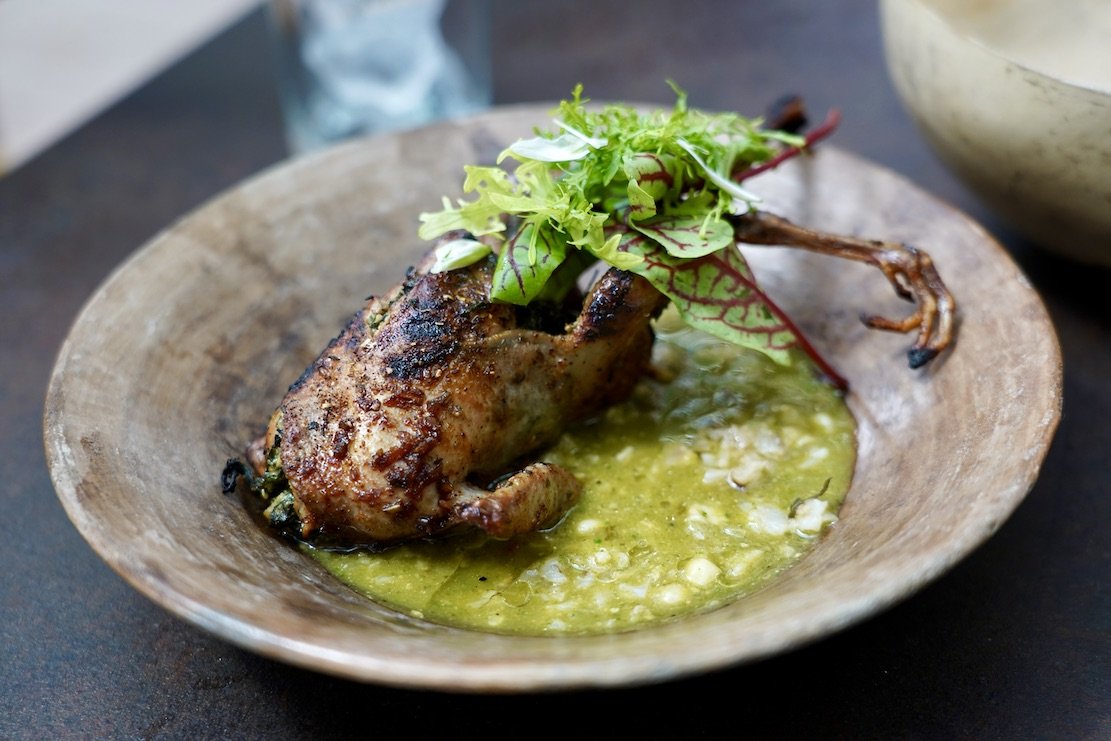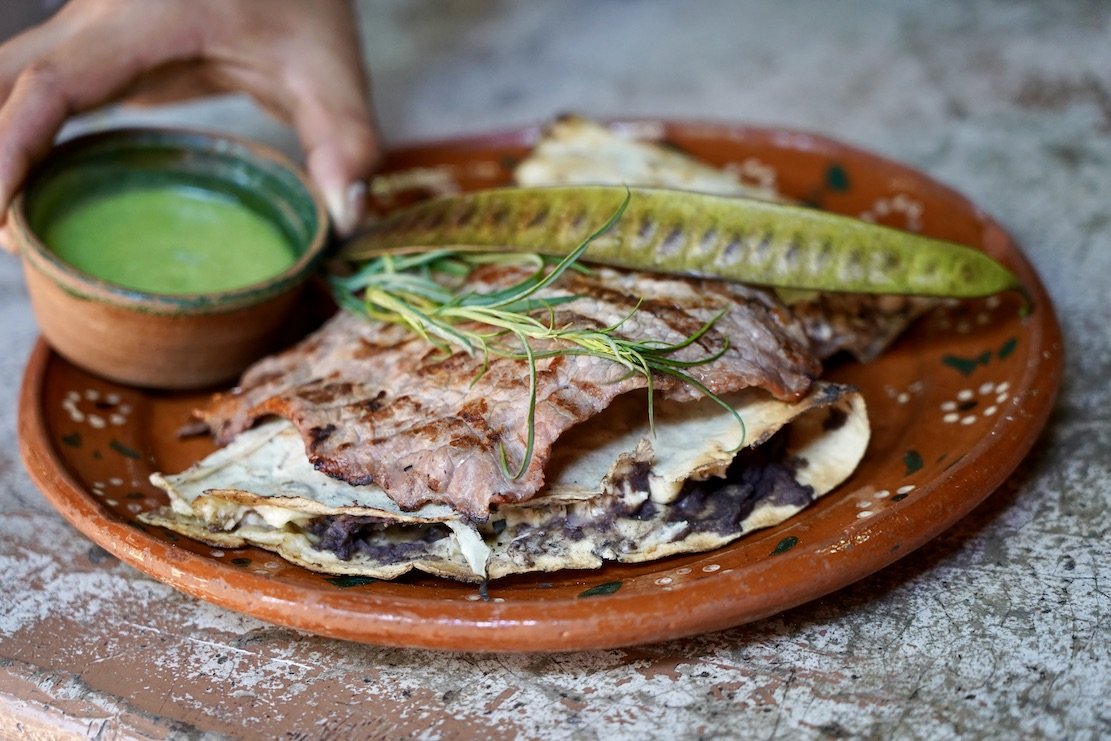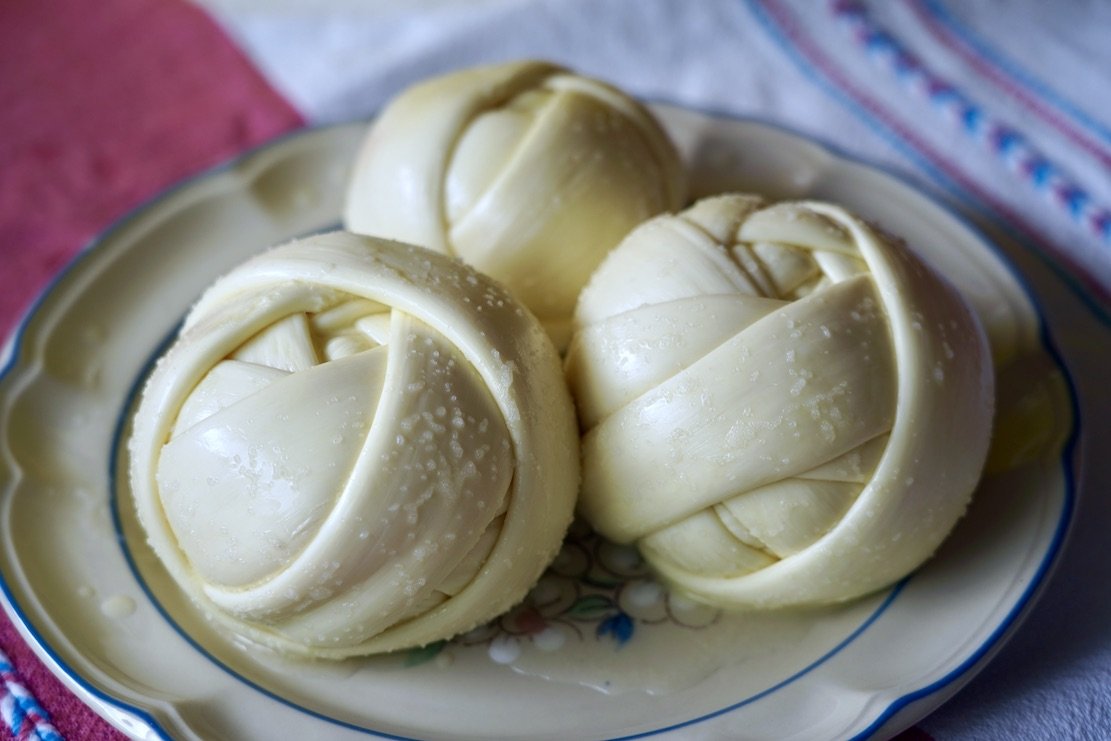Travel & Leisure magazine polled its readers on the best cities in the world for travel, and they published their list of the world’s top 25 cities.
The list included some unsurprising locations, including Florence, Italy; Seville, Spain; Tokyo, Japan; and, of course Rome, Italy.
But beating them all to be ranked the #1 city in the entire world is the place where we are right now: Oaxaca, Mexico!
“Wait, what?!?” you might ask?
We run across people all the time who have never even heard of Oaxaca, and more still who don’t even know how to pronounce it. (It’s: wha-HOCK-a). How could a small Mexican city be “better” than Florence and Rome?
But for those of us who know Oaxaca best, the reaction was: “Oh, yeah — definitely!” (And we agree, which is why we host our epic Oaxaca Mezcal Experience here!)
Travel & Leisure says Oaxaca is best because of its “vibrant culture, beautiful weather, a landscape that spans from soaring peaks to cerulean surf, and some of the country's most iconic architecture.” (The city of Oaxaca has no “surf” — it’s a six-hour drive to the coast.) They also mention the incredible climate, “world class cuisine,” the local markets, and proximity to Monte Albán, the spectacular ruin of the ancient Zapotec imperial capital.
They go into some minor detail about the wonders of mezcal, most of which is produced in the state of Oaxaca within a short drive from the city.
The article didn’t mention that both mole and mezcal are specifically Oaxacan, rather than generally Mexican, cultural gifts and that Oaxaca boasts a wide range of ingredients mostly unique to the state, such as Oaxacan cheese known as “quesillo” and herbs like hoja santa, or tlayudas and many others local delicacies.
But they missed the Big Story about Oaxaca.
Since the beginning of the Spanish conquest and occupation of Mexico, the Spanish and their descendants in the New World have tried to forcibly “civilize” the “natives” with European food — bread instead of tortillas, wheat instead of corn, wine instead of pulque, sandwiches instead of tacos.
Fancy white Mexicans stigmatized indigenous foods for centuries as the stuff of poor, unsophisticated “Indians,” clinging to European foods and identifying with American gringo food culture more than the foods of indigenous peoples of Mexico.
But the suppression of indigenous food culture was less successful here in the South of Mexico.
In the same way that America gets more Mexican the closer you get to the border (Southern California, Arizona, New Mexico and Texas have vastly more and better Mexican food than Maine, Connecticut and Vermont, for example), Mexico is the reverse — the closer you get to the US border the more American and Americanized the food gets.
As one small example, flour tortillas (wheat was unknown to the Americas before the Spanish brought it here) probably originated in present-day California when it was part of a neglected Spanish territory called Alta California, and were first mass-produced in Los Angeles, California. Four tortillas are, essentially, American tortillas. In fact, Mexican menus call tacos made with flour tortillas “gringas” — which essentially means “American tacos.”
Today, flour tortillas are more commonly eaten than corn tortillas in the Northernmost Mexican states of Chihuahua, Durango, Sonora and Sinaloa and practically non-existent in the Southernmost states of Oaxaca and Chiapas.
The further South you go in Mexico the more cultural memory exists about the cultivation, preparation and consumption of indigenous foods. In fact, more than half of all the people in Mexico who speak indigenous languages are Oaxacan, with one-third of the state’s population speaking languages other than Spanish and half that number unable to speak Spanish at all.
Zapotec is the largest indigenous language family in Oaxaca, and within that family are some 60 distinct languages. Mixtec is the other major language group here. And the state of Oaxaca includes a vast range of distinct ethnic groups, including the Triques, Amuzgos, Cuicatecs, Chocho, Popoloca, Ixcatec, Zoque, Mixe, Chontalees, Chinantecs, Huaves and even the Nahua (descendants of the Northern Aztecs).
Many of these ethnic groups, including and especially the Zapotec, say they were never conquered by the Spanish. And in fact that’s true — the relationship between the Spanish empire and the Oaxacan indigenous peoples was a negotiated settlement of mutual non-interference (with a few historic spikes of violent opposition and oppression). Indigenous Oaxacans maintained their pre-Hispanic culture far more than other groups in Mexico.
The Mexican elite suppression of native Mexican foods was put increasingly under pressure in the late 20th and early 21st Centuries, as its popularity grew throughout European Mexico, the United States and, eventually, Europe and the rest of the world. Of course, native ingredients and foods never went out of general popularity in Mexico. But it was always considered the food of poor working stiffs, not refined foodies.
But in the last 20 years, that has changed, with Mexican chefs trained abroad starting to re-embrace indigenous foods and ingredients, culminating in the designation of Mexico City’s Pujol restaurant as the very best restaurant in all of North America and the #5 restaurant in the entire world according to the World's 50 Best Restaurants list. Pujol is famous for its focus on indigenous ingredients — mole is featured heavily, and guests are served sauces made with ant eggs, for example.
There isn’t a single French restaurant in the top ten, but there are two Mexican restaurants in the top ten, both featuring indigenous ingredients.
The world fell absolutely in love with indigenous Mexican food, and so have Mexico’s elites. As a result, there has been a kind of gold rush among Mexico City chefs to come to Oaxaca and learn from indigenous Oaxacans or what locals call "traditional cocineras."
We've been exploring Mexico City and Oaxaca for many years and discovered their culinary prowess and remarkable culinary traditions long ago, which is the reason we host The Mexico City Cocktail Experience and The Oaxaca Mezcal Experience with the top chefs and artisans of the regions.
We've witnessed how Oaxaca has become acknowledged globally for its culinary traditions.
Oaxaca is alive and buzzing with culinary excitement. It’s the center of a Mexican food renaissance. Chefs and food producers and mezcal makers are energized in a frenzy of learning, exploration and exposition. This is expressed in the form of tastings, collaborative dinners and mezcal-fueled, food-centric parties.
For the food obsessed (including us), Oaxaca is the most exciting place on earth right now. And it’s why Oaxaca is, in fact, the best city in the world. And why Oaxaca became our favorite place long ago.



